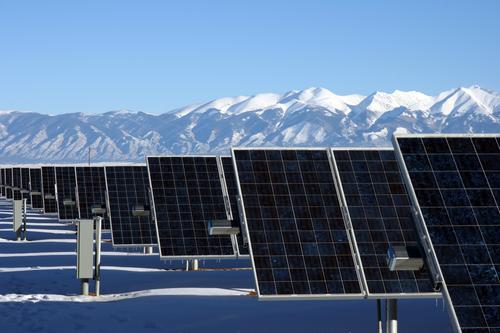 The Sun’s radiation emits tons and tons of energy. This energy is used up by living things to sustain life and survive. The Sun’s radiation is continuously being utilized as green and clean technology to supply electricity in remote areas and to save the environment by minimizing the production of greenhouse gases. With the Sun’s powerful heat, the term photovoltaic (PV) was coined, which refers to the generation of electrical power by converting the incoming radiation from the Sun into consumable electricity using semiconductors that display the photovoltaic effect.
The Sun’s radiation emits tons and tons of energy. This energy is used up by living things to sustain life and survive. The Sun’s radiation is continuously being utilized as green and clean technology to supply electricity in remote areas and to save the environment by minimizing the production of greenhouse gases. With the Sun’s powerful heat, the term photovoltaic (PV) was coined, which refers to the generation of electrical power by converting the incoming radiation from the Sun into consumable electricity using semiconductors that display the photovoltaic effect.
Photovoltaic (PV) utilizes solar cells, which are often embedded in the solar panels to capture the energy coming from the Sun. Energy is created when these solar cells are continuously exposed to light, specifically to sunlight, exhibiting the photovoltaic effect. When this is in progress, the photons are excited or pushed into a higher energy state to produce electricity. Photodiodes are responsible for the unbiased operation in photovoltaic devices where power is produced entirely by the transduced light energy. The growing demand for renewable energy resources have resulted to the drastic developments and innovations in photovoltaic reserach (PV), resulting in more sophisticated and high quality solar panels.
These solar panels must be resilient to the wear and tear caused by the changing environmental conditions. Most solar panels today are protected by glass sheets to ensure the efficiency of the solar cells and the optimum photovoltaic (PV). With the Sun’s significant role on Earth, the light it emits has limitless possibilities for practical day-to-day usage.
